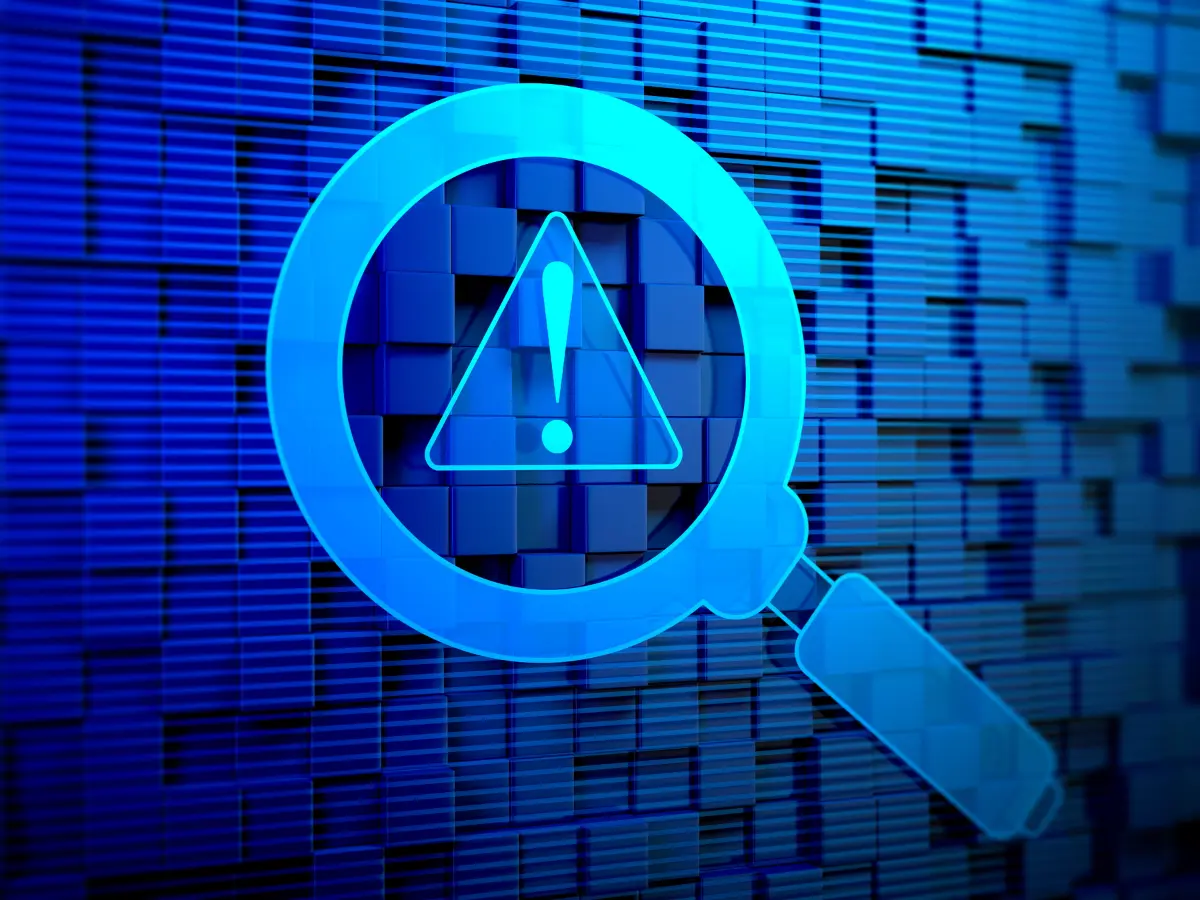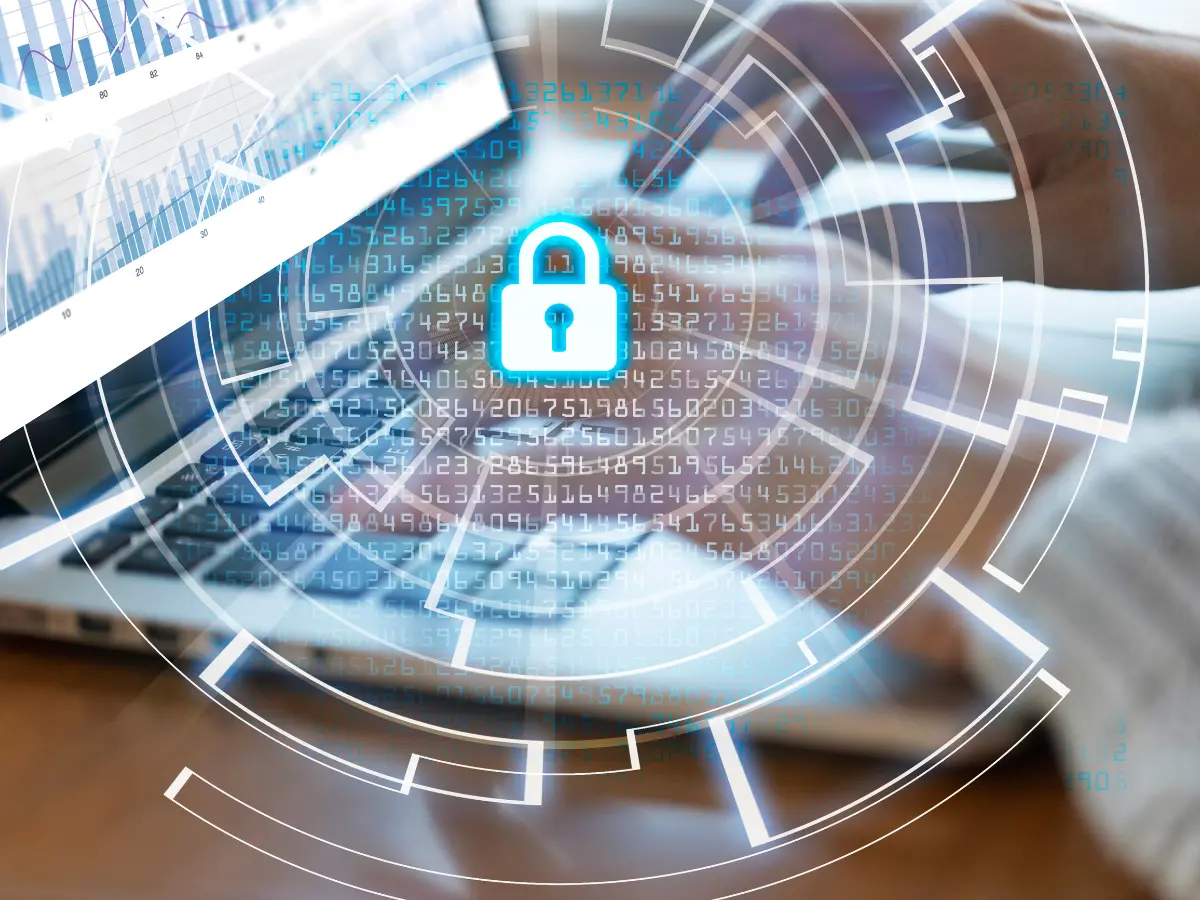The consequences of data loss have never been higher; data must be shielded at all costs. So, this blog provides more information on the prevention of data loss.
What is Data Loss Prevention?
Data loss prevention (DLP) is the process of detecting and preventing data breaches, exfiltration, and even misuse by using cybersecurity strategies, processes, and technologies. The root of this equation is data; it’s a common factor for all businesses and organisations worldwide.
What’s it used for? A typical organisation (business or not) keeps client data—personal, sensitive, etc., for record keeping, transaction processing, marketing, and competitor analysis. Cybercriminals use this data for varying reasons, majorly money-driven.
While organisations keep them for ease of business and eventually increased profitability, cybercriminals make money off data through financial frauds, identity thefts, etc.
The landscape further worsens with each technological advancement. Now, thousands of authorised users access the company’s database through cloud and on-premises facilities. Therefore, there’s a need to implement strategies to prevent data loss. With DLP, organisations detect data threats faster than usual.
How? It tracks data throughout the system and implements security policies on that data. Organisations typically use DLP to:
-
- Protect personal identifiable information (PII)
-
- Achieve regulatory compliance
-
- Improve data visibility
-
- Protect intellectual property important to them
-
- Secure data on remote cloud systems
-
- Enforce data security in a Bring Your Own Device environment.
Why is Data Loss Prevention Important?
Data is never safe; it doesn’t matter if it’s in use or at rest, making data protection and security complicated. Despite the stress, data loss prevention is the best step. Why? The costs of data loss surpass the technicalities of its prevention. According to the cost of a data breach report by IBM, the average cost of a data breach reached USD 4.88 million, a 10% jump from the previous year.
Protecting data, particularly personal identifiable information (PII), became more difficult because data may be used and stored in several formats in multiple locations across various departments. Therefore, there’s a need to monitor each data point and enforce the necessary policy for it.
Given the vulnerable nature of data, an ideal data loss prevention system must be able to monitor data when
-
- In use: when data is accessed, processed, updated or deleted
-
- In motion: when data is in transit from one location to another in a network. For example, when data is transmitted via messaging.
-
- At rest: when data is in storage, such as a cloud drive or archive.
Types and Causes of Data Loss
Data loss is often defined as events of data breaches, data leakages, or data exfiltration. Though used interchangeably, these terms have distinct meanings.
Data breach: A data breach is any incident that leads to unauthorised access to data. Under this, we have cyberattacks and other incidents that allow unauthorised access to sensitive information.
Data leakage: Like the name leakage, data leakages include accidental exposure of sensitive information to the public. This can occur from procedural security errors from both electronic and online transfers.
Data exfiltration: This is any theft where the attacker (hacker) successfully moves stolen data to a device under his control. Data exfiltration cannot occur without a breach or leakage, but not every breach/leakage leads to exfiltration. Since data loss has been defined and categorised, let’s see its causes
There are 3 Common Causes of Data Loss
Cyberattacks
Malicious actors target data all the time—relentlessly. To help their cause, they employ several techniques such as phishing, malware, and ransomware. These are the prevalent types of cyberattacks
Insider threats
Authorised users, such as staff, third parties, stakeholders, providers, etc., might put data at risk through carelessness and malicious intent even. It’s as simple as not updating passwords or even carelessly revealing sensitive enterprise data, etc. while using public networks. Malicious or not, insider threats remain very costly considering IBM’s report.
Smartphone or PC theft
An unattended device attracts thieves. It doesn’t matter if the thief pawns off the device; the organisation suffers the cost of cutting the stolen device off and replacing it. On a serious note, such incidents grant malicious users direct access to confidential or sensitive data.
Data Loss Prevention Policies
One thing about DLP is the wide coverage, from data classification, access control, and encryption standards to technical controls. With data loss prevention policies, the standard is clear: employees know their duties regarding data protection and security. In addition, it allows for proper staff training on data security best practices such as threat identification, data handling, and incidence reporting.
Also, rather than a generalised security approach, with DLP, data is classified, and implementing appropriate security protocols for each group becomes easier. For example, handling PII (personally identifiable information), such as credit card numbers, social security numbers, etc., is subject to certain data security regulations. Meanwhile, the company can choose to do whatever with its own intellectual property (IP). These types of data require different security procedures; hence, tailored DLP policies are necessary.
The Types of DLP Solutions
It’s important to understand the different facets of data loss prevention for better comprehension. There are 3 types of DLP:
-
- Network DLP
-
- Endpoint DLP
-
- Cloud DLP
Network DLP
Network DLP solutions monitor how data moves through—in and out—networks. With tools like artificial intelligence (AI) and machine learning, they flag anomalies that signal data loss in a network. Although network DLP solutions monitor data in motion, many check data in use or at rest too.
Endpoint DLP
Endpoint DLP tools monitor data use activity on laptops, mobile devices, servers, and other devices accessing the network. These solutions are directly installed on the devices and even go the extra mile to block unauthorised data transfers between devices.
Cloud DLP
Cloud security solutions focus on data stored in and accessed by cloud services. They scan, classify, monitor, and even encode data in cloud repositories. Particularly, these tools help implement access control policies on individual end users and any cloud services that might access company data.
How DLP Works
DLP is typically a 4-step procedure for many security teams. The steps are:
-
- Data identification and classification
-
- Data monitoring
-
- Data protections application
-
- Documentation of DLP efforts
Data Identification and Classification
First, the team identifies all available data—structured (standardised for, e.g., credit card numbers) and unstructured (free-form, text documents, and images). To achieve this, security teams use DLP tools to scan the enterprise system, cloud, storage devices, etc. for every piece of data.
Next, the identified data is sorted into groups (classified) based on sensitivity levels. That way, its protection becomes easier. There are many DLP tools to automate data classification for accurate results.
These tools use AI, machine learning, and pattern matching to analyse all data into categories and know which policies should apply.
Data Monitoring
After data is classified, the team uses DLP tools to track how it’s handled. These tools employ several techniques to monitor sensitive data, some of which are:
Content Analysis: like using AI and machine learning to scrutinise an email message for confidential information.
File Matching: where a DLP tool compares the identities of protected files.
Keyword Matching: where DLP looks for keywords often found in sensitive data
Detecting labels, tags, and other metadata that identify a file as sensitive.
Once the tools find data, they check for unusual activity, policy violations, abnormal user behaviour, etc.
Data Protections Application
DLP tools effect immediate control methods the moment they discover policy violations. Examples of such methods are:
-
- Encrypting data as it moves through the network
-
- Flagging suspicious behaviour for the security team to review
-
- Triggering more authentication challenges before users can interact with critical data
-
- Blocking unauthorised transfers and malicious traffic
-
- Terminating unauthorised unauthorized access to data
Documenting DLP Efforts
DLP tools provide dashboards and reports for security teams to monitor sensitive data across the network and track program performance over time, allowing for adjustments to policies as needed. They also help organisations meet regulations by documenting data protection efforts, which can serve as proof during audits or cyber incidents.
Data Loss Prevention Tools You Should Try
Here’s a short list of DLP tools that your organisation will benefit from:
Conclusion
DLP policies are often tailored to meet regulatory requirements like the GDPR, NDPA, and PCI-DSS. The different regulations set different standards for each kind of data.
For example, HIPAA governs personal health information, while PCI DSS dictates how organisations handle payment card data. A company that collects both kinds of data would definitely need a DLP policy for each kind to meet the compliance requirements.
When employing a strategy for the prevention of data loss, organisations must take note of the kinds of data they handle. Also, enterprises should watch out for future trends in DLP, for example, generative AI, remote work, and increased regulations are expected to boom in the coming years.
Let Johan Consults handle regulatory compliance for you. Schedule a free consultation today!











